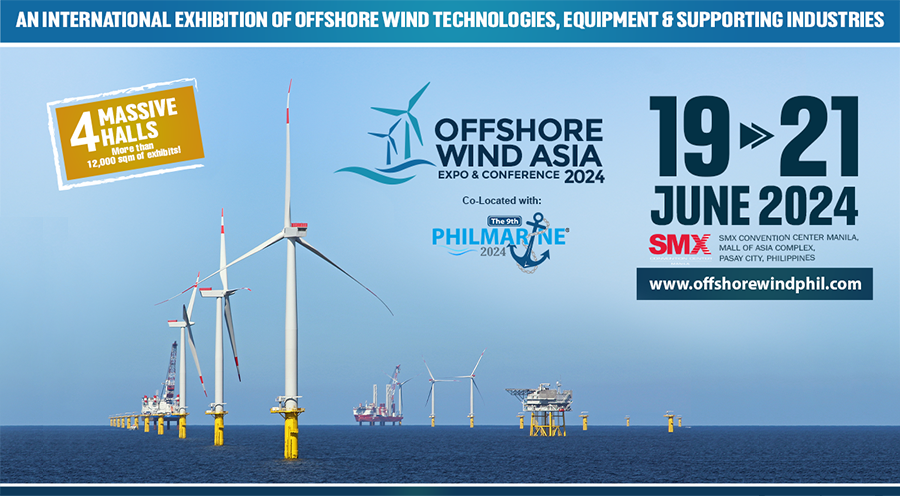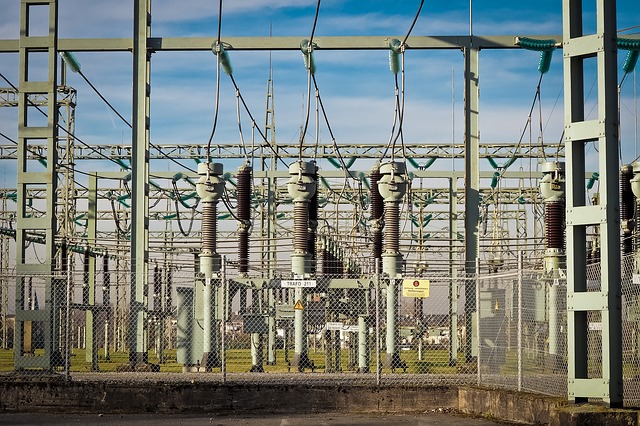Whatever assurances we may hear about the country’s energy reserves, these rings hollow when we consider the government’s massive infrastructure program. Add to that the annual increase in power demand.
According to the Department of Energy, relying on the current energy load in the country, plus the five to 10 percent energy reserves, would not be enough. Unless more supply is found, a power crisis is a real possibility.
In 2017, the distribution grid in Luzon was put under “red alert” twice as the power reserves dropped to the minimum level because of the high demand.
DOE revealed while the country still has a general capacity of 19,097 megawatts that can last for 20 months, the remaining underwater sources in the Malampaya Power Plant “can only last a few more years.”
This even becomes more critical as the demand for energy increases by five to eight percent every year.
“The government, especially the Department of Energy […] must come up with a concrete program so that the power supply can cope with the increasing load demand,” said Roberto Jimenez, Shift Head of the National Grid Corporation of the Philippines (NGCP) Luzon System.
At present, coal-fired power plants still remain the largest power sources in the country at 48 percent; followed by renewable energy at 24 percent; natural gas at 22 percent; and oil at six percent.
However, several environmental groups have long been pushing for renewable energy, citing evidence that oil and coal emissions contribute to climate change.
While it is true that renewable energy has a lesser impact on the environment, it is not as affordable and abundant as coal. This makes renewable energy less stable and less sustainable.
“The problem with [hydropower] and geothermal, it’s very difficult to explore. Some of them are very far and the risk is also very high,” said Energy Committee chair Sen. Sherwin Gatchalian in CNN Philippines’s “Powering the Future” series.
University of the Philippines-Diliman Economics Professor Sarah Ducanes added in the same interview that first-world countries like Germany and France still build coal-fired power plants to meet energy requirements despite heavily relying on renewable energy.
“Coal is still the least-cost fuel and it’s also the more reliable (fuel) because it has the most abundant supply,” she explained.
“I think at this stage of our development, we still need coal-fired [power] plants. They are more baseload-reliable compared with the newer types of resources like renewable [energy],” added National Economic Development Authority Secretary Ernesto Pernia.
Energy from coal-fired power plants is needed even more as the government is keen on pushing “Build, Build, Build”, a 70-project program aiming to bring about a “golden age of infrastructure”. That massive program needs at least 43,000 MW of power.
Earlier this year, the Federation of Philippine Industries (FPI) urged the Energy Regulatory Commission (ERC) should approve more than 90 pending power projects on their plates to support such undertaking.
“Power plant developers should start constructing their projects now to ensure that we will have sufficient supply that will support the country’s economic growth,” FPI Chairman Dr. Jesus Lim Arranza said.
ERC approved the relevant seven power supply agreements last September and these are now cleared to provide 3,551 MW of new baseload power. This amount can cover over five million consumers in the next three to five years.
Another prominent power project is the 1,200-MW coal-fired Atimonan Power Plant in Quezon Province, which is anticipated to generate jobs in the surrounding communities aside from the expected power supply addition.
“We believe that this power plant will help progress the development of Atimonan, resulting to improved quality of life of us Atimonanins,” said Greg Garcia, chairman of SMM BALTAK.
On the other hand, Gatchalian pushes for faster approval of power plant projects through the Energy Virtual One-Stop Shop (EVOSS), an online portal for needed approval, billings, and statements.
EVOSS is expected to cut the whole process from four to five years to just one and a half, with needed 162 clearances and 102 permits included.
Moreover, the government is banking on a technology-neutral policy when it comes to the entrance of “cost-efficient and reliable” power sources to add to the mix.
DOE-IV Director Jess Tamang said, “The Department is open to all forms of fuel and technology that can come in because we’re also looking at the impact to the consumers.”
DOE Chief Alfonso Cusi earlier stood by this by saying that conventional power mix of coal and natural gas are still the best choices. As for renewable energy, Cusi said it still has to develop and become more stable before it can be a reliable energy source.
In his column in Inquirer.net, columnist Dindo Manhit also explained that fossil-based sources will remain as top energy sources despite the growing popularity of renewable energy or RE.
“[…] Petroleum products will continue to dominate the country’s final energy demand, which is projected to triple between 2016 and 2040,” he said.
Renewable energy should still be in the total energy mix, despite its sporadic dependability—as more consumers, businesses, and communities find it useful. However, RE still remains just an addition to the conventional mix; it is neither abundant nor reliable enough to become the sole source of energy in the country.
Based on current data and the performance of alternative energy sources like RE, coal, by comparison, is still the most appropriate main energy source in the Philippines. This is because the country’s still-developing economy needs practical, abundant, reliable, and affordable energy sources.


